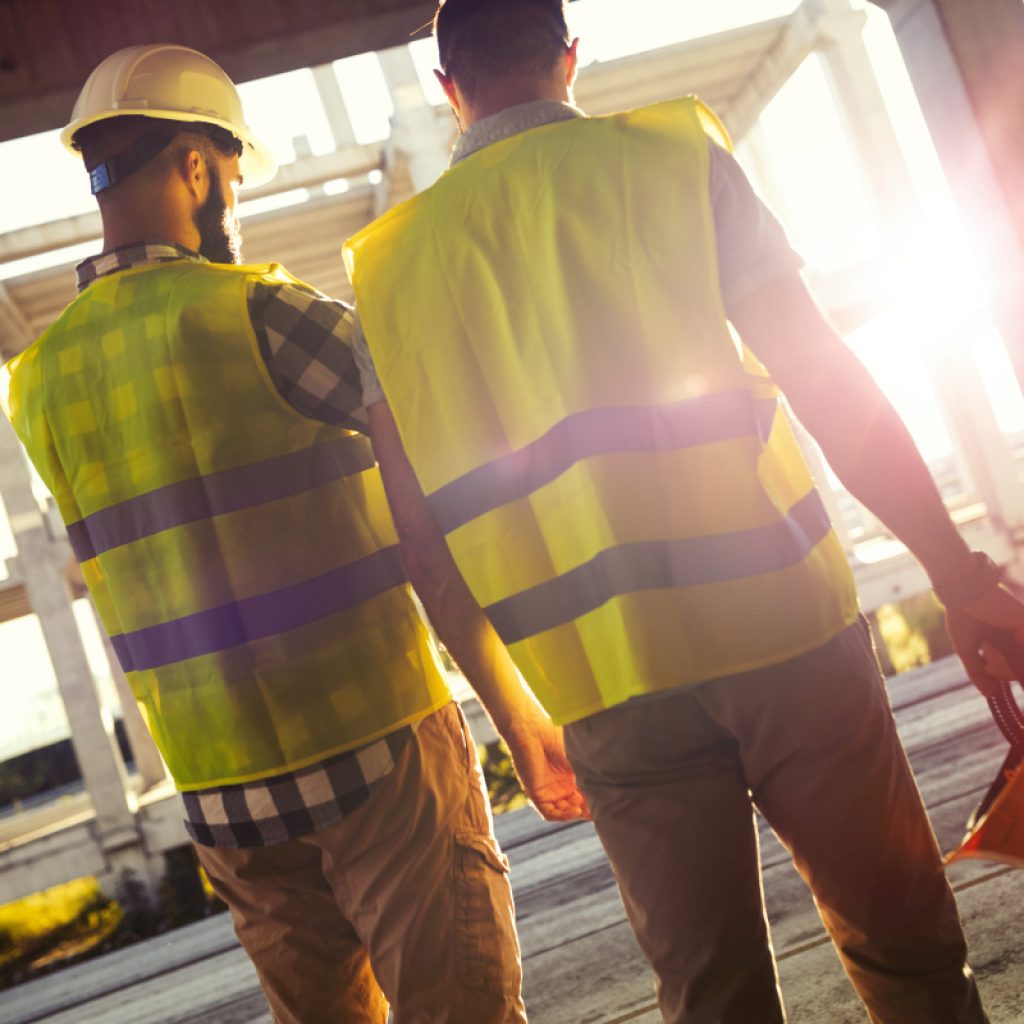Construction – still the most dangerous profession?
It’s widely accepted that the construction industry is a risky industry to be in, but why is it considered one of the most dangerous when compared to working in other industries like agriculture, deep sea fishing or offshore oil?
Firstly, construction regularly comes top of the Health and Safety Executive (HSE) table of statistics for fatalities and serious injuries. The most common causes include; working from height, working in confined spaces, exposure to hazardous substances, working with vibrating tools or in dusty conditions.
From this, the HSE estimates that the cost to the industry of days lost through illness and injury is in excess of £1.2 billion a year, while the cost of death to those people directly involved being incalculable.
It should be noted however that when compared with other countries, the UK compares most favourably; it has one of the best records in Europe on health and safety matters.
Whilst it might be considered a ‘no brainer’ for contractors to clean up their act by tackling the issues stated, Roland Finch, author for the National Building Specification (NBS) has investigated this further and found that whilst the causes listed are a significant factor in causing accidents, this may not be the whole story:
“The HSE records that over half of non-fatal construction-related injuries are caused either by slips and trips or handling, lifting and carrying.
While it is probably true that falls from height are more likely to kill people than just injure them, and this will be reflected in the statistics, it doesn’t seem to back up the proposition that height, noise, dirt and dust or complex tools by themselves play a significant part in the construction industry figures.
First of all, the make-up of the construction industry is probably unique. As time has gone by, it has undergone significant changes. The image of yesteryear, where the majority of work was typically undertaken by a “general building contractor” which directly employed all its tradespeople, has largely vanished. This has been gradually replaced by a state of fragmentation, where each part of the work is undertaken by a “specialist” subcontractor, often a small business or self-employed individual.
Second, the construction industry has a significant number of casual workers. Many of these do not have English as a first language, which can present basic barriers, as well as more difficulties with communication and training in technical matters.
One of the consequences of this arrangement is that the organisations carrying out the work are invariably smaller companies, and they simply don’t have the same capacity to provide anything other than basic supervision, training and advice, particularly when it comes to health and safety matters.
There are, of course, a number of reasons why construction sites should be such dangerous places. First among these is the combination of risk factors. While many other industries involve working at height, or moving vehicles, hazardous materials or complex tools, it is arguable that few use them in the same combination that our industry does.
Add to this the fact that much construction work is done in challenging environments; working outdoors, with the collective effects of weather and temperature; sometimes in confined spaces, while poor lighting or visibility all add to the overall risks”.
It’s clear from Roland’s observations that falling from height or working with hazardous substances is only part of the equation, as there are a number of other factors which contribute to forming a dangerous working environment.
It’s therefore crucial for organisations and subcontractors to have a broad understanding of health and safety which can be applied to every facet of construction. This way of thinking can not only reduce accidents but can bring huge financial benefits to all concerned.
RoSPA’s NEBOSH National Certificate in Construction Health and Safety qualification is a prime example of how organisations can help manage and control hazards within a dangerous environment. Whilst a lot of companies might feel they can’t afford health and safety training, they certainly can’t afford an accident.
Most observers would agree that where health and safety is concerned, the savings realised by good practice always outweighs any financial costs of implementation, or the costs associated with lost production and medical bills as a consequence of injuries or worse. To find out more about the qualification you can visit our website.
If you’d like to read the full article from Roland, become a part of our prestigious RoSPA Membership community, where you’ll gain access to our brand new online Health & Safety Knowledge Centre, providing you with key acts and regulations as well as ready-to-use audit forms, model policies, templates, checklists and much more.
For information on any of RoSPA’s other health and safety qualifications, you can visit our website, email or call us on +44 (0)121 248 2233.
Roland Finch BSc. FRICS ACI Arb. is a technical author for the National Building Specification, (NBS), specialising in preliminaries. The views expressed here are those of the author and should not be taken as representing either NBS or RIBA Enterprises Ltd.
This content was originally published here.

